Investment strategies


















Similar to market-making in traditional finance, allocating capital to paired assets allows the liquidity provider to stay under a market-neutral mandate while generating trading transaction fees from traders.

“Statarb” in DeFi can be executed both across several assets in the same exchange, or across different protocols (triangular/multilateral arbitrage) to profit from temporary price discrepancies.

Recursive borrowing in DeFi is a strategy where borrowed assets are reused as collateral to borrow more, creating a cycle that maximizes leverage while managing liquidation risk.

Event-based profits are generated from on-chain liquidations of under-collateralized vaults by repaying the vaults’ debt at a discounted price, and immediately selling the received collateral, in exchange for the underlying asset.

Restaking is the process of reusing or re-delegating staked tokens to increase participation in consensus, earn additional rewards, and strengthen the network’s security and decentralization.

Pool imbalance refers to the situation when the amount repartition of assets in a liquidity pool - typically equally weighted between 2 assets - appears to be in disequilibrium compared to the market price of each asset constituting the pool.

Cash-and-carry consists of borrowing an asset at a low-interest rate, converting it for an equivalent asset (i.e., synthetic or asset of the same peg) and lending the latter at a higher rate.

















